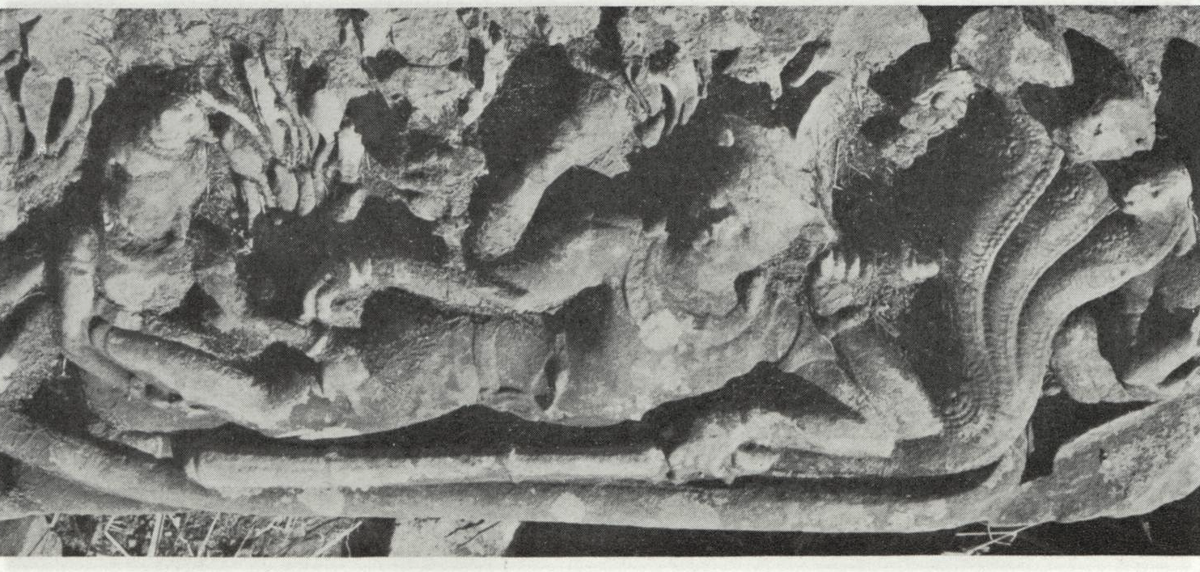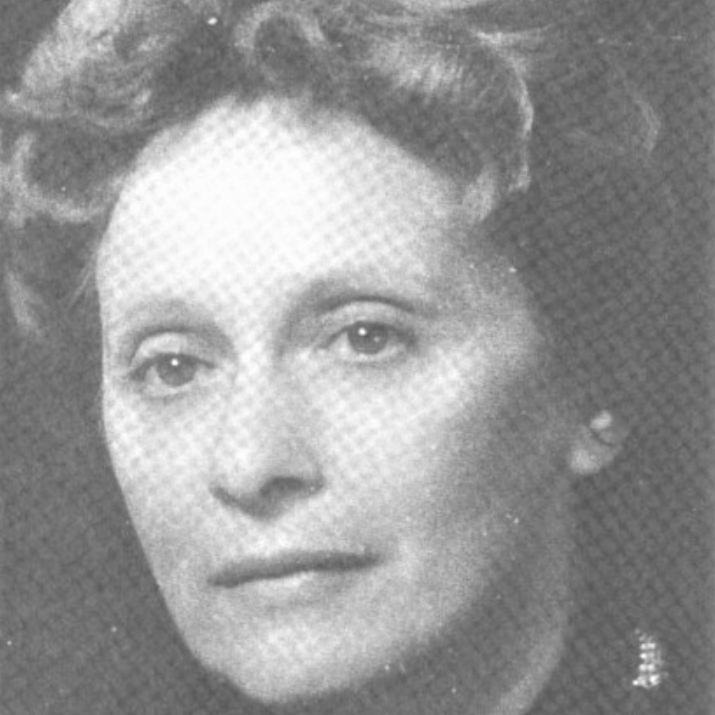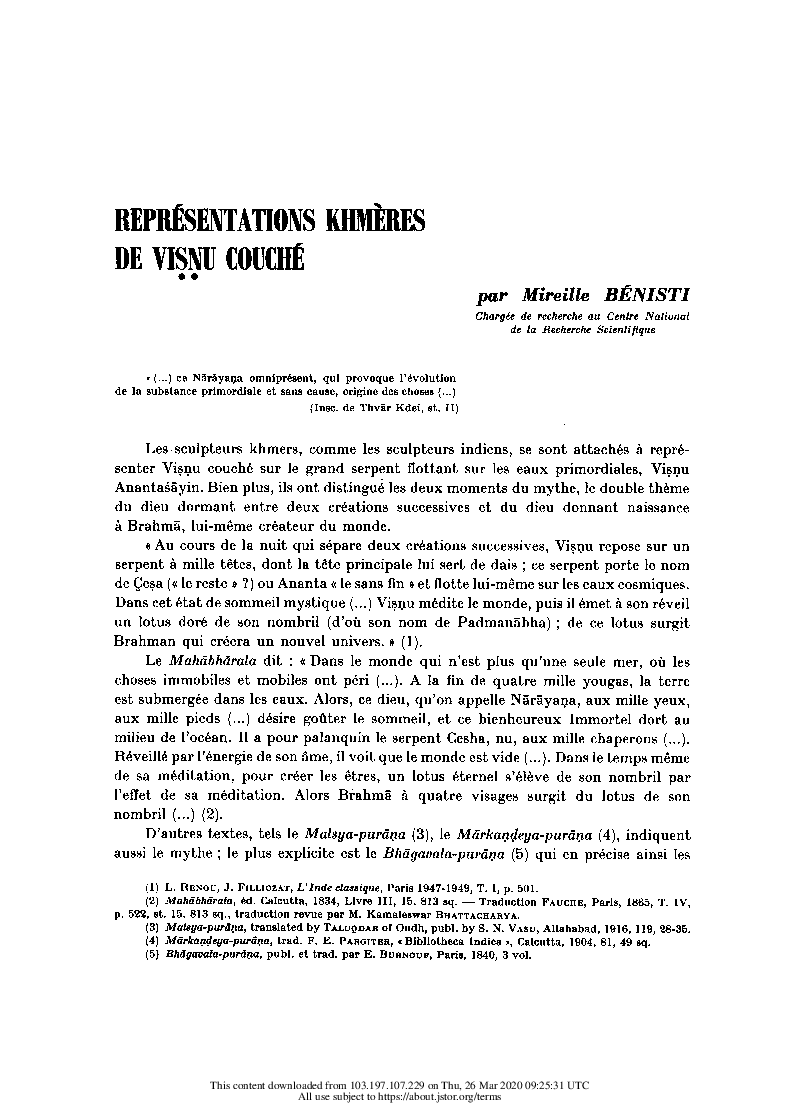Reclining Vishnu in Khmer Art/ Représentations khmeres du Visnu couché
by Mireille Bénisti
The Khmer sculptors' take on the 'Anantasayana Vishnu' Hindu motif.

Publication: Arts Asiatiques, Vol. 11, No. 1, pp. 91-117 (EFEO by way of JSTOR)
Published: 1965
Author: Mireille Bénisti
Pages: 27
Language : French
pdf 9.1 MB
The author starts with the relation of the Hindu world creation myth summarized by orientalists L. Renou and J. Filliozat (who were both her professors at College de France): “Au cours de la nuit qui sépare deux créations successives, Visņu repose sur le serpent à mille têtes, dont la tête principale lui sert de daïs ; ce serpent porte de Çesa (« le reste » ?) ou Ananta (« le sans fin ») et flotte lui-même sur les eaux cosmiques. Dans cet état de sommeil mystique (…) Visņu médite le monde, puis il émet à son réveil un lotus doré de son nombril (d’où son nom de Padmanābha) ; de ce lotus surgit Brahman qui créera un nouvel univers”.
As an architectural motif, the Reclining Vishnu (Anantasayana Vishnu) appears in Cambodia as soon as the 7th century. The author defines two different styles in its representations, the ‘Sambor Prei Kuk’ and the ‘Sambor’ styles. Mireille Bénisti studies in particular the lintel sculptures at Hanchey, Vat Tang Kasang, Tūol Ang Baset and Robang Romeas for the earlier period, and at Preah Vihear and Banteay Samre later on.
Photo: Reclining Vishnu on a Preah Vihear lintel, by M. Bénisti.
Tags: Khmer sculpture, Khmer architecture, Hinduism, naga
About the Author

Mireille Bénisti
An indianist and renowned researcher in Indian and Khmer arts, Mireille Bénisti (1909−1993) completed her studies at École du Louvre under the guidance of Philippe Stern. She also studied Sanskrit and History of Art at EHESS and College de France.
Joining the Centre national de la recherché scientifique (CNRS) in 1955, she performed several field missions in India and Cambodia. In Cambodia, she focused on the interaction of Indian and Khmer arts during the Chenla and Funan eras, studying various sites including Sambor Prei Kuk and Thala Borivat.

